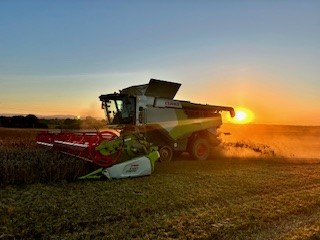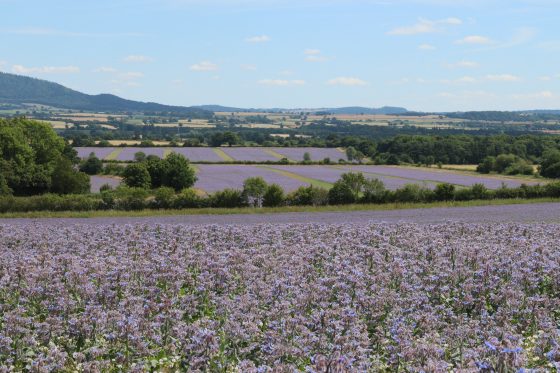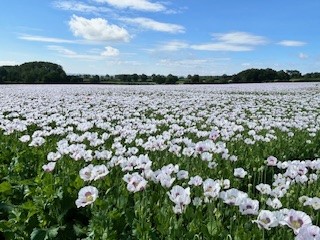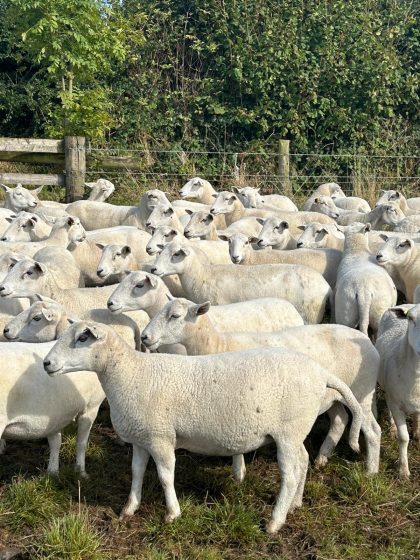Farming
Most of the land on the Sundorne Castle Estate is used for agriculture with almost 800 hectares farmed in-hand by the Estate with 700 hectares of arable land and a further 85 hectares down to grass. Almost 250 hectares are let to four farm tenants and a further 150 hectares to Forestry England. The agriculture enterprise operates to modern standards, making the best use of technology including GPS yield mapping data, soil sampling and airborne imagery. We utilise the latest research to reduce inputs and minimise environmental impacts, producing crops to a high standard.
Crops including oilseed rape, milling wheat, malting barley, potatoes, maize and rye are grown on the Estate. In an effort to work towards achieving better sustainability, more recently unusual crops such as borage, poppies and ahi flower, used in in a variety of medicinal and culinary applications, have also been grown.
The Estate also works with pioneering regenerative farmer Andy Cato, who had a former career as a musician. Andy operates his Wildfarmed business with partners, growing wild wheat and beans without pesticides and combining them together before they are dried and separated.
Sheep have been recently added to the farming mix, producing lamb and assisting in the regenerative farming process, manuring the arable land before drilling. The ewes, a breed known as Easy Care, are valued for their low environmental footprint, successfully lambing outdoors and shedding their wool, dispensing with the need for shearing.
The Estate also produces premium Shropshire honey under the Estate’s branding with a rich, complex flavour, reflecting the diverse flora of the region. The honey is sold from the Estate Office and at a number of local stores in the area. A mix of wildflowers that support birds and pollinating insect are sown on field margins.
The honey production operation is sustainable, with beekeepers leaving enough in the colony to ensure the bees can survive through the winter. It is packed in recyclable glass jars while the wide range of plants the bees visit supports biodiversity.
Ancient hedges on the Estate provide homes for wildlife, as well as dividing up fields and keeping stock secure. The ancient craft of hedge-laying is carried out annually on the Estate, allowing blossom and berries to form and keeping the hedge in a healthy condition.




